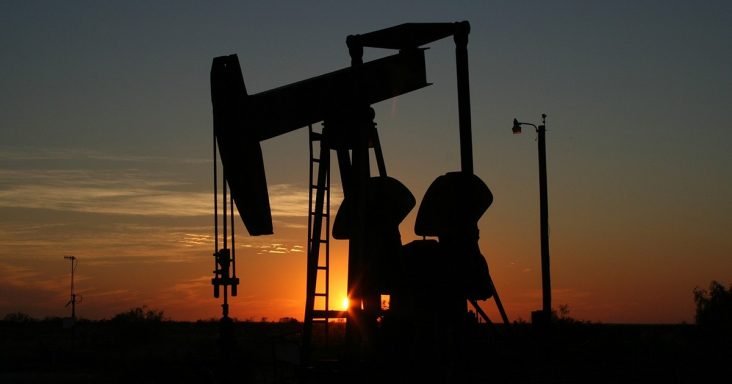Crude oil production, efficiency rose in major oil producing regions in 2020
by July 13, 2021 11:38 am 1,030 views

Crude oil production rose in one major oil-producing region last year as the number of drilled but uncompleted wells hit a peak in the United States in June 2020, according to reports from the U.S. Energy Information Administration (EIA).
In 2020, total oil production declined in five major regions, except the Permian region, located in western Texas and eastern New Mexico. The production fell in the other regions because drilling activity and production were cut amid reduced oil demand and low oil prices.
However, the only major region in which new well production efficiency increased was in the Bakken region, spanning Montana, North Dakota and Canada. Except for the Bakken region, new well production reached a peak in the five major regions in 2019. While some well projects were put on hold in the second quarter of 2020, the productivity is expected to rise in all regions when drilling activities return to levels reached before the COVID-19 pandemic.
The United States has 6,521 drilled but uncompleted wells in seven major tight oil and shale natural gas basins, according to EIA estimates. In 2013, there were 4,425. Nearly 40% of the drilled by uncompleted wells were in the Permian Basin. Drilled but uncompleted wells help operators produce oil and natural gas at a lower cost.
The number of the wells reached a peak of 8,874 in June 2020. Between June 2020 and May 2021, the number fell by 27%, or by 2,353 of the wells. Since the start of the pandemic, exploration and production companies have decreased capital costs, deployed fewer rigs and reduced oil and natural gas production in response to lower demand and lower prices.
Most of these wells are completed and start to produce hydrocarbons within one year after they are drilled. However, the timelines for completing wells can vary based on multiple factors, including the prices of crude oil, petroleum products and natural gas.
International benchmark Brent crude oil prices are expected to average $72 per barrel in the second half of 2021, according to the EIA’s July Short-Term Energy Outlook. The prices are expected to fall to $67 per barrel in 2022 as a result of a rise in production from OPEC+ and accelerating growth in U.S. tight oil production and other supply increases. This growth is expected to outpace global oil consumption and lead to declining oil prices.
In 2020, total consumption of fossil fuels in the United States, including petroleum, natural gas and coal, fell by 9% to 72.9 quadrillion British thermal units, from 2019 and the lowest level since 1991. Last year marked the largest annual decrease in U.S. fossil fuel consumption in absolute and percentage terms since at least 1949, according to EIA data. Economic responses to the pandemic, including a 15% decrease in energy consumption in the U.S. transportation sector, contributed to the decline. Also, warmer weather in 2020 reduced demand for heating fuels.
